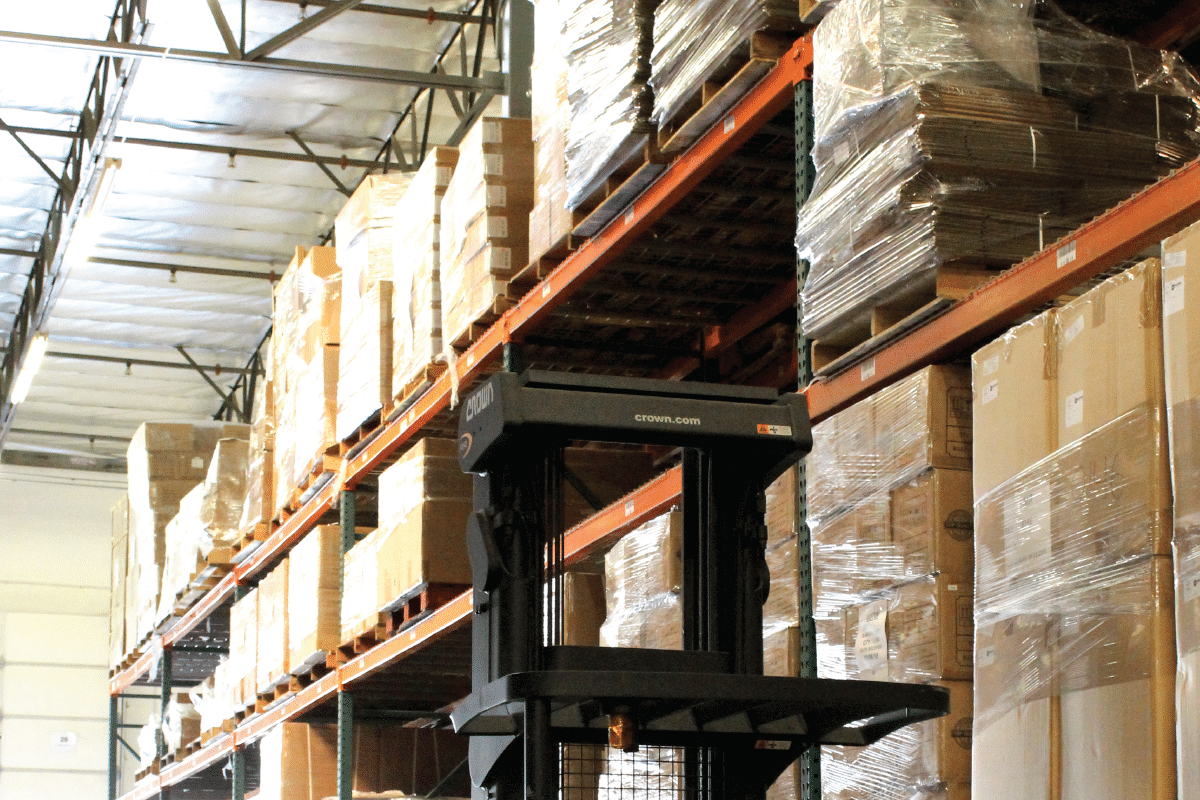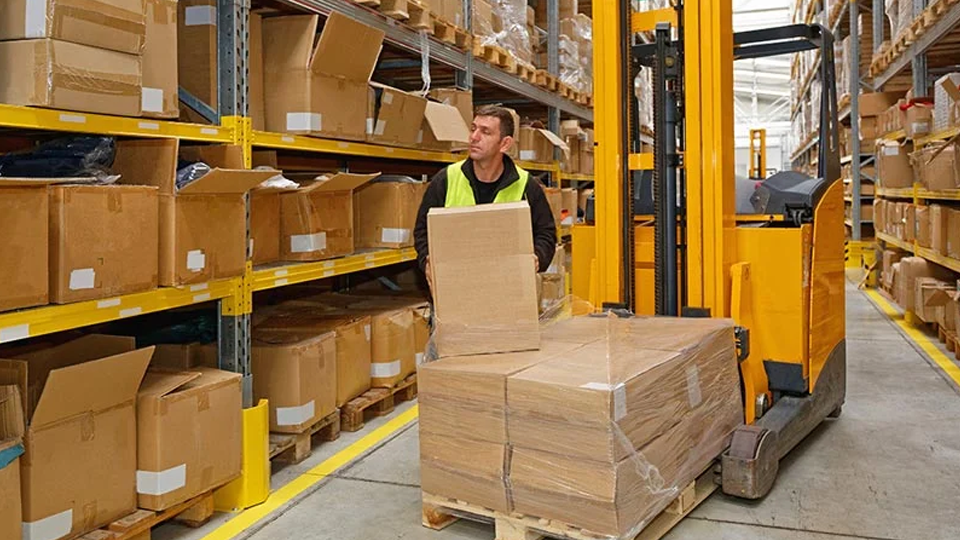
If you’re thinking about outsourcing your shipping needs to an order fulfillment provider, you’ll have to estimate how much it will cost to ship each package to see if outsourcing is worth it. Unfortunately, there is no industry standard by which you can easily compare your exact projected costs with what you pay now as each provider calculates the price for their services differently. However, there are a few rules of thumb you can use to calculate these prices on your own. Once you have an estimate, you’ll know what to look for when searching for the right provider.
What is Order Fulfillment?
Order fulfillment is the complete process from receiving an order to delivering it to the customer. This includes warehousing, picking and packing, shipping, and handling returns. Efficient order fulfillment ensures timely delivery, reduces errors, and enhances customer satisfaction, directly impacting the success of e-commerce businesses.
The main components involved in order fulfillment are warehousing, picking and packing, shipping, and returns processing.
How Much Does Order Fulfillment Cost?
For all their differences, each order fulfillment provider offers the same basic set of services, meaning you can determine a reasonable estimate of the costs you can expect to face when shipping your goods with one. Each will receive and store your inventory, pack each order as needed, and ship them to your customers. Prices will be further influenced by the size and weight of each package, the complexity of each order, and the total volume of sales you make within a given period. You’ll be able to find a provider that offers the particular suite of services at the right price once you know how they are determined.
Request Fulfillment Services Pricing
What Factors Affect How Much Order Fulfillment Costs?
When developing a price estimate, fulfillment providers consider the following factors:
1. Setup
Order fulfillment providers typically levy an initial fee to set up your services with their company. This price can be higher depending on the size and complexity of your business.
2. Receiving, Intake, and Storage
Your logistics provider will charge you to receive and process new shipments to their facility. They will also charge a fee for storing your inventory, which may increase depending on the length of time your goods sit unsold in their facility. Warehousing costs include storage fees, usually charged per square foot or pallet, plus inventory management costs, like software and labor to keep track of everything. On top of that, you have to pay for utilities and overheads like electricity and security to keep the warehouse running smoothly.
3. Order Fulfillment, Kitting, and Return
There are a set of fees you can expect to face which will cover the cost of packing or assembling each order. Depending on the number of orders you fulfill each month, you may get a lower price. You’ll also be charged for each return, which will need to be processed and either sent back into inventory, returned to the manufacturer, or destroyed.
4. Shipping
You'll be charged for shipping your goods to customers, but your overall shipping costs might be lower or higher than what you currently face. Fulfillment providers often ship large volumes at once and pass on discounts to their customers. Shipping costs include carrier fees from companies like FedEx, UPS, or USPS, which charge based on delivery distance and zones—longer distances generally cost more. Additionally, shipping costs are influenced by the size and weight of packages, with larger or heavier packages incurring higher fees.
Related: 9 Tips on How to Lower Shipping Costs for Your Business
5. Size, Weight, and Volume
The price to ship your goods will vary depending on their size and weight, with larger and heavier packages costing more than smaller and lighter ones. If you are shipping are large volume of goods, you may receive a further discount on top of the ones you already receive from working with a fulfillment provider.
6. Returns Processing
The costs for returns processing typically include return shipping fees, labor and overhead costs for inspecting, repackaging, and restocking returned products, and administrative expenses for handling customer refunds and exchanges. These costs can vary depending on the complexity and volume of returns, the efficiency of the processing system, and any negotiated rates with carriers or fulfillment providers.
7. Account Management
You may be charged a fee to cover the costs of different additional services your provider may render to manage your account. These will cover any customer service issues that need to be handled along with any other services necessary for your account that aren’t related to the shipping process itself.
Hidden Costs in Order Fulfillment
Hidden costs in order fulfillment include shrinkage from theft, damage, or mistakes, expenses for handling customer service inquiries and issues, and the costs of setting up and maintaining order management systems and other tech used in the fulfillment process.
Strategies to Optimize Order Fulfillment Costs
1. Automation
Automation can significantly increase efficiency and reduce labor costs by minimizing manual tasks. Implementing automated picking systems and robotics can speed up the fulfillment process.
2. Outsourcing Fulfillment
Third-party logistics providers can handle warehousing, picking, packing, and shipping, often at a lower cost than in-house fulfillment. Outsourcing can save costs on labor, storage, and technology, especially for smaller businesses or those with fluctuating order volumes.
3. Inventory Management
This strategy minimizes storage costs by keeping inventory levels low and restocking as needed. Using data analytics to predict customer demand and manage inventory levels more efficiently.
4. Negotiating with Carriers
Negotiating discounts with carriers based on shipping volume. Using multiple carriers to optimize shipping costs and delivery times based on specific needs and destinations.
Average Order Fulfillment Costs
A recent survey by FulfillmentCompanies.net, which compiled the responses from over 600 fulfillment providers, provides some useful price ranges for the services they typically offer. These ranges can serve as a useful basis for any calculations you may make when searching for a logistics provider. While these can be useful for your search, it’s important to remember the price you pay for each service will ultimately depend on your specific needs. However, once you can estimate your average order fulfillment costs, you can find determine which factors are most important for your consideration during your search.
According to the survey, you can expect to pay within the following price ranges for these services:
- Setup: There will likely be a one-time setup fee typically ranging from $100 to $1,000 to open an account with your logistics provider. You will likely pay more depending on the size and complexity of your company.
- Receiving, Intake, and Storage: It costs money for your provider to simply receive, process, and store your items. You can expect to pay anywhere from $20 to $50 an hour for these services, or between $5 to $15 to process each pallet. If you are simply looking for storage space, you can expect to pay a monthly fee between $.30 to $.55 per cubic foot. Smaller items may require storage bins, which can cost anywhere from $1 to $2.50 each.
- Order Fulfillment, Kitting, and Return: Fulfillment centers may charge between $30 to $50 per hour for order fulfillment, kiting, and return services. On a per-item basis, vendors pay an average of $3 to $3.75. Return services may cost more depending on the condition of the returned items.
- Shipping: While a variety of factors will affect how much you pay for shipping, one constant factor to note is that depending on the volume of your account, you can expect to save anywhere from 10 to 30 percent on your shipping costs each month.
- Size, Weight, and Volume: You can receive a further discount if you store a large volume of goods with a provider. For shippers whose monthly sales volume exceeds 250 pallets, over half of providers offer an average of 14 percent. In addition, you may see a discount on your order fulfillment fees once you pass 1,000 per month. Taking out a long-term contract can further lower your prices.
- Account Management Fees: If you aren’t expecting many customer complaints or unforeseen problems, you may want to go with an hourly rate, which will range anywhere from $40 to $60. However, if you’re dealing with a large volume of orders, it may make more sense to go with the monthly option, which typically involves a flat fee ranging from $75 to $250.
Related: Do You Have to Charge Sales Tax for Online Sales to U.S. Customers?
How to Calculate Fulfillment Cost Per Order
Cost per order refers to the total costs required to fulfill one order, which includes fixed costs that apply to all orders and variable ones that depend on what is being shipped. To calculate the average cost per order for your business, simply take the sum of your shipping costs over a certain period and divide it by the number of orders you filled within the same period. You will want to keep in mind that your variable costs may change depending on what you are shipping. In addition, any flat fees you pay for services should also be distributed across each order.
Once you know what to expect in terms of costs, you’ll be able to intelligently shop around for an order fulfillment provider. However, in addition to looking at prices, you’ll want to pick a provider with a proven track record of satisfying customers, and the infrastructure necessary to quickly handle any concerns or complaints. Ship My Orders is a trusted 3PL provider for your business and we can help you build a good reputation. With fewer complaints and a reputation for fast, reliable service, you can further grow your business while saving time and money. Reach out to us today.


-1.png)


